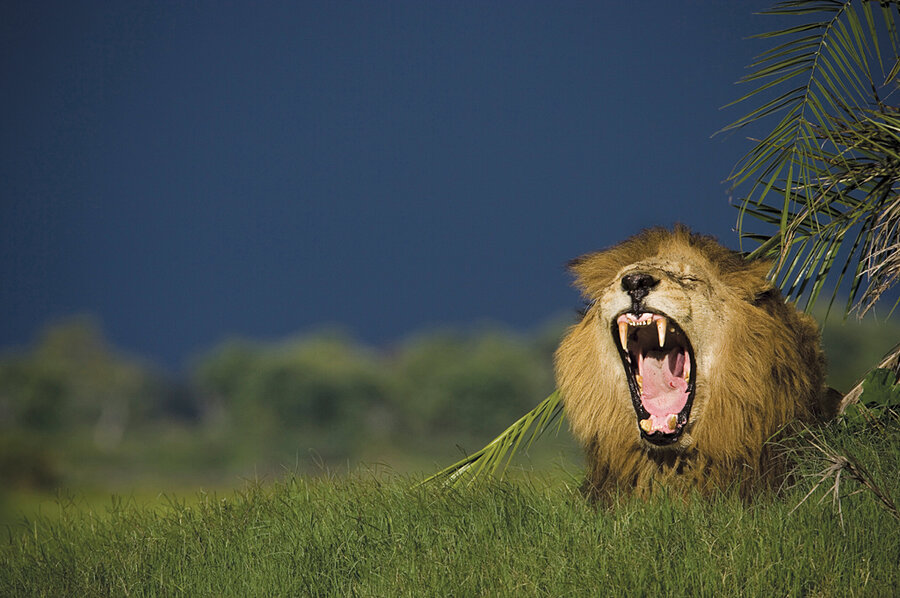The Last Lions: movie review
Loading...
The veteran filmmakers Dereck and Beverly Joubert are also wildlife conservationists who have lived for the past seven years on Duba Island in Botswana's Okavango Delta, which is where their latest documentary, "The Last Lions," takes place. The film's title is not exactly fanciful: The lion population within the past 50 years has dropped from 450,000 to 20,000.
As a purely visual experience, "The Last Lions" is ravishing. Like many of the best nature documentarians, the Jouberts take the time to get things right. They wait out the light and the landscape until the perfect composition coheres.
These magnificent beasts are such marvelous camera subjects that, in a sense, the filmmakers could have served them up to us for several hours and that would have been more than sufficient. Instead, a makeshift scenario has been constructed around the plight of a lioness, who attempts to survive alone in the wilds with her three cubs, and whom the film's highfalutin narrator Jeremy Irons dubs Ma di Tau (Mother of Lions).
Like most wildlife documentaries, "The Last Lions" goes in for quite a bit of hunting and attacking. I realize this is what wild animals do. Still, it would be nice for a change to watch a film such as this in which the arrival of packs of hyenas and water buffaloes and lions wasn't a prelude to inevitable carnage.
I'm also a bit suspicious of the rather dubious story line in which lost cubs miraculously arrive on cue and we are repeatedly told what the lioness and the others are thinking. I half expect to hear that Ma di Tau will be available for press interviews.
Despite all this, "The Last Lions" is a great way to go on a safari without ever leaving the multiplex. Grade: B+ (Rated PG for some violent images involving animal life.)





